About Japanese Green Tea
After being recognized by UNESCO as “an important intangible cultural asset,” Japanese cuisine is gaining recognition worldwide. However, one cannot mention Japanese cuisine without including Japanese green tea.
Japanese tea, or green tea, is made from the same tea leaves as black tea and Chinese Oolong tea. What sets each of them apart is how long the leaves are allowed to ferment before processing. In Japan, tea leaves are steamed immediately after harvest, preventing the leaves from oxidizing any further, creating the distinctive green hue and rich taste inherent to green tea. Tea leaves are first harvested in May, a season eagerly awaited by the Japanese, as the first harvest is noted for being particularly rich in flavor.
The appeal of green tea lies not only in its delicious taste, but in its ability to combat so many of the health issues people struggle with today. As well as being inherently relaxing to drink, green tea has numerous benefits, such as being rich in vitamins and antioxidants, lowering blood pressure, reducing cholesterol and helps promote beautiful and balanced skin.
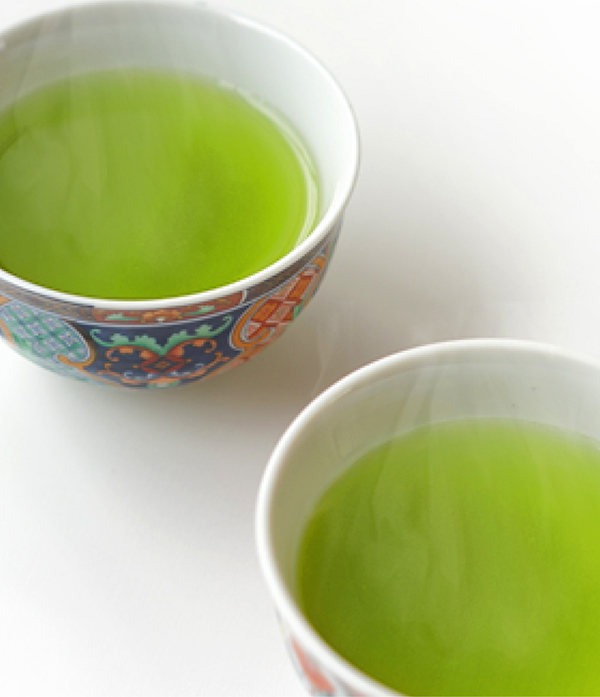
About Yame Green Tea and Kawaguchi-Kinsuien
The city of Yame is located in low uplands in the west of Japan. The surrounding mountains and shifting climate create ample rainfall and natural springs, making it the perfect area for green tea cultivation. Along with Shizuoka and Kyoto, Yame is one of the largest tea producing regions in Japan. Although somewhat less well known, Yame green tea is of extremely high quality, and has won numerous awards at industry trade shows; it is hailed in Japan as the pinnacle of green tea. The rich fragrance and full bodied taste of Yame green tea is a treasure of the area lovingly entrusted to it from nature itself; with Gyokuro being unquestionably the most precious of all.
Kawaguchi-Kinsuien is a small store, but uses certified techniques passed down through generations of craftsmanship to select only the finest of tea leaves by hand. The strictest attention is paid to temperature, humidity and the condition of the leaves themselves on a daily basis, and the finished tea is sent from Japan directly to our customers worldwide.


Tea Cultivation
Cultivating green tea begins in the tea fields, under the strict supervision of tea farmers. Not only is the tea picked entirely by hand, but throughout the year the soil is continuously improved and monitored to prevent frost damage. For Gyokuro, even more effort is required to fully cover the fields with straw and then pluck each leaf by hand, hence its extremely high value.
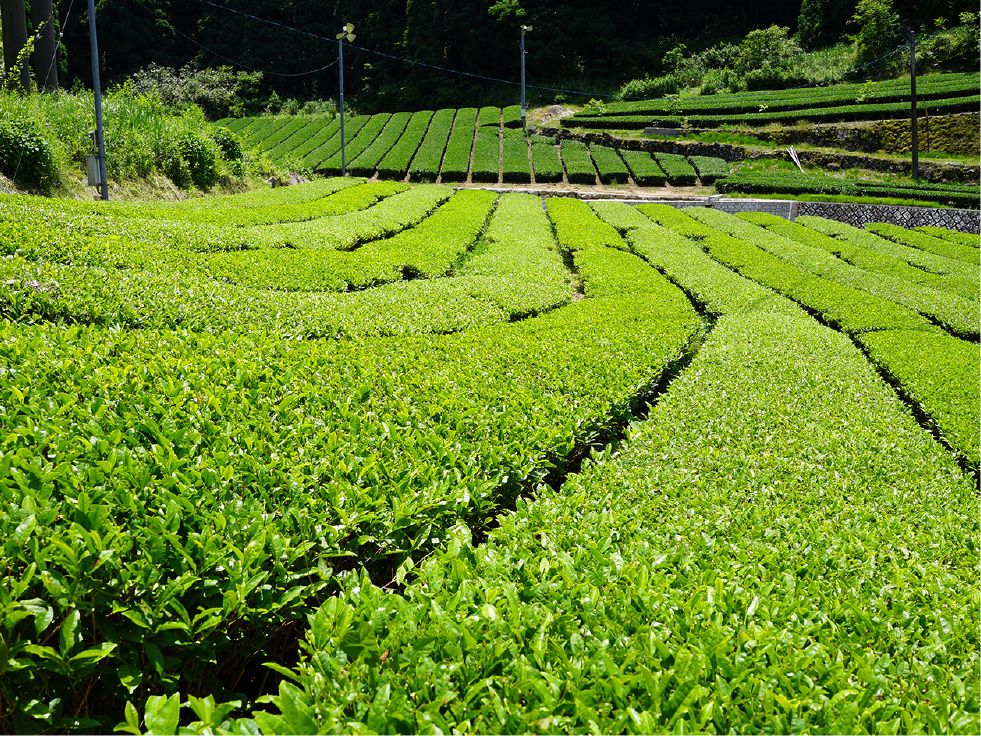
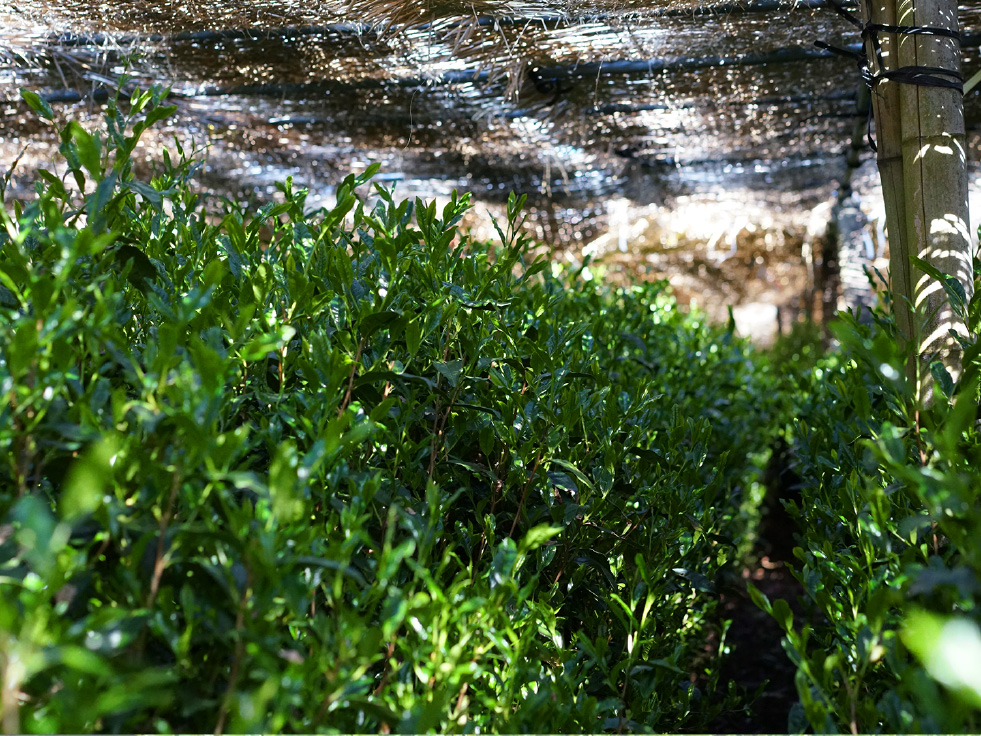
“Unrefined” aracha process
Freshly picked tea is immediately taken to a nearby factory and steamed, so that the leaves do not lose their freshness. To prepare them for the next stage of processing, the leaves are then repeatedly massaged and dried, becoming more cylindrical in the process.
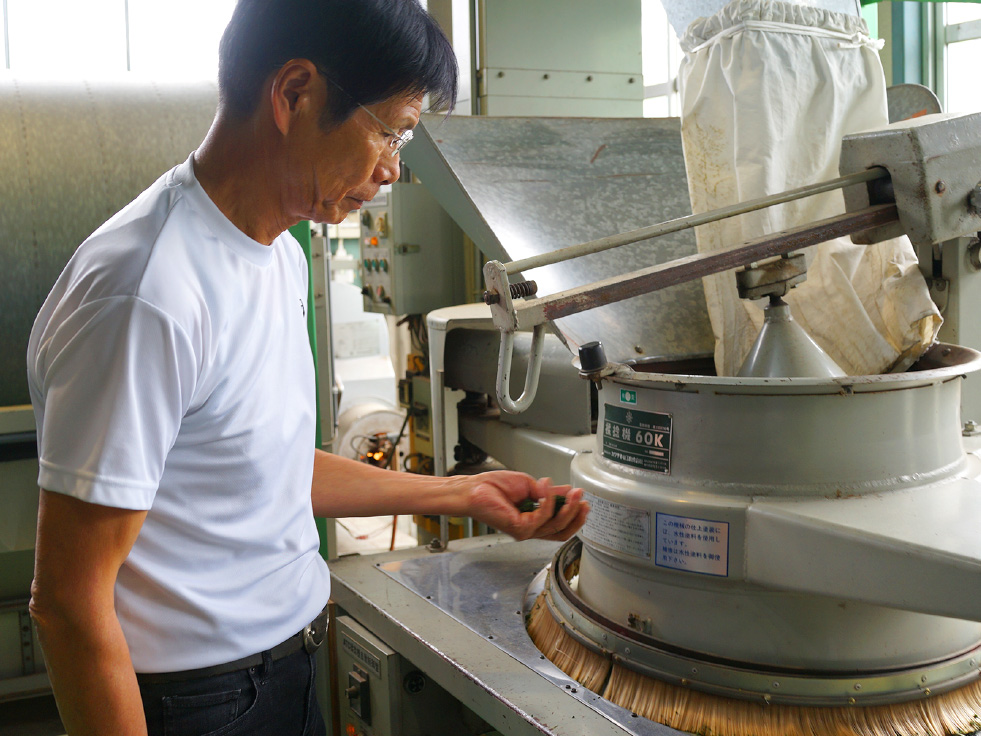

Refining process
At the tea refinery, the length and size of the unrefined tea leaves is measured and adjusted, and they are then appropriately categorized as kukicha, konacha etc. before being roasted and inspected, all under the strictest and most rigorous of supervision. The finished tea is then blended according to its own unique properties and packaged, becoming the finished product you see today.
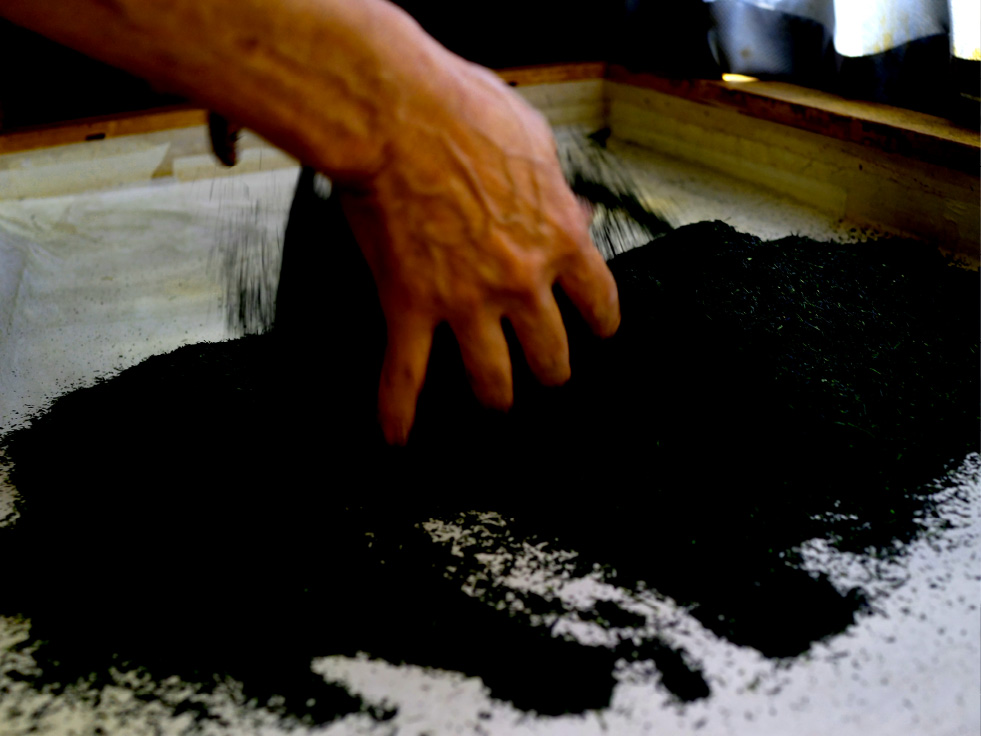
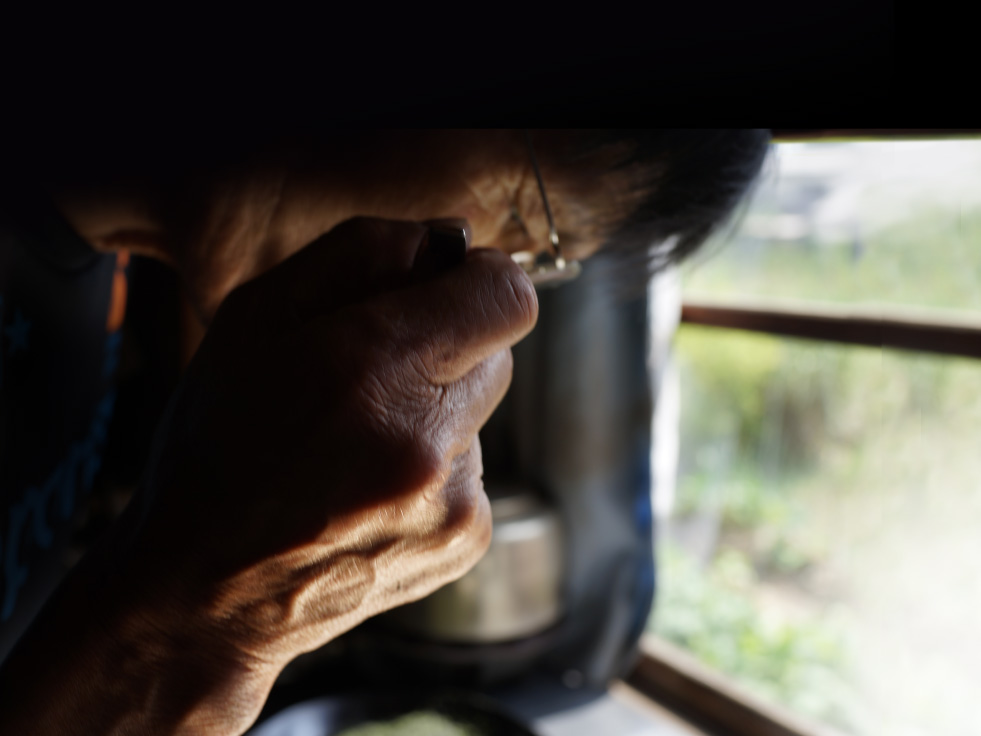
Types and Characteristics of Green Tea
【玉 露】 Gyokuro
Gyokuro is created using a complicated process unique to the blend. Its appeal lies in its distinctive mellow sweetness.
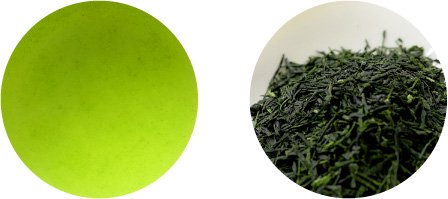
Using rice straw, the tea bushes are kept in the shade for approximately two to three weeks. Doing so reduces the natural astringency, leading to a richer, more fragrant tea. This method produces the distinctive scent unique to Gyokuro, know as ooika “masked fragrance”.
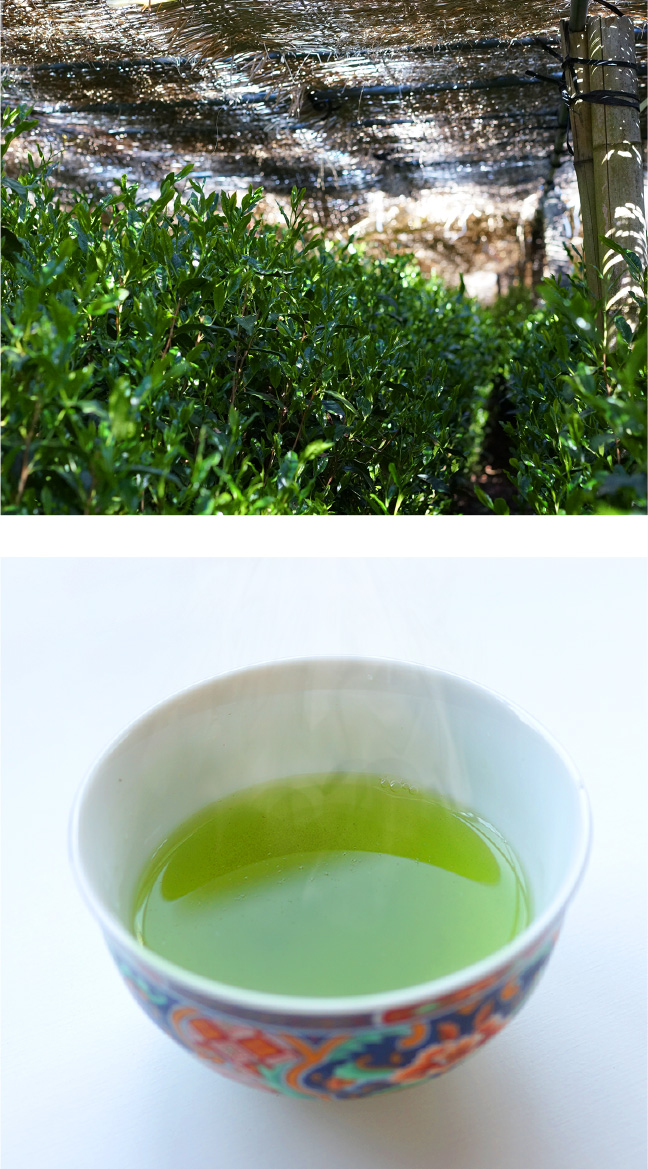
【煎 茶】 Sencha
A tea consumed daily in Japan, its refreshing taste is quite popular.

Notable for its delicate fragrance and a subtle balance of bitterness and sweetness, Sencha is more widely drunk than any other green tea. The more care taken in brewing, the better the flavor.
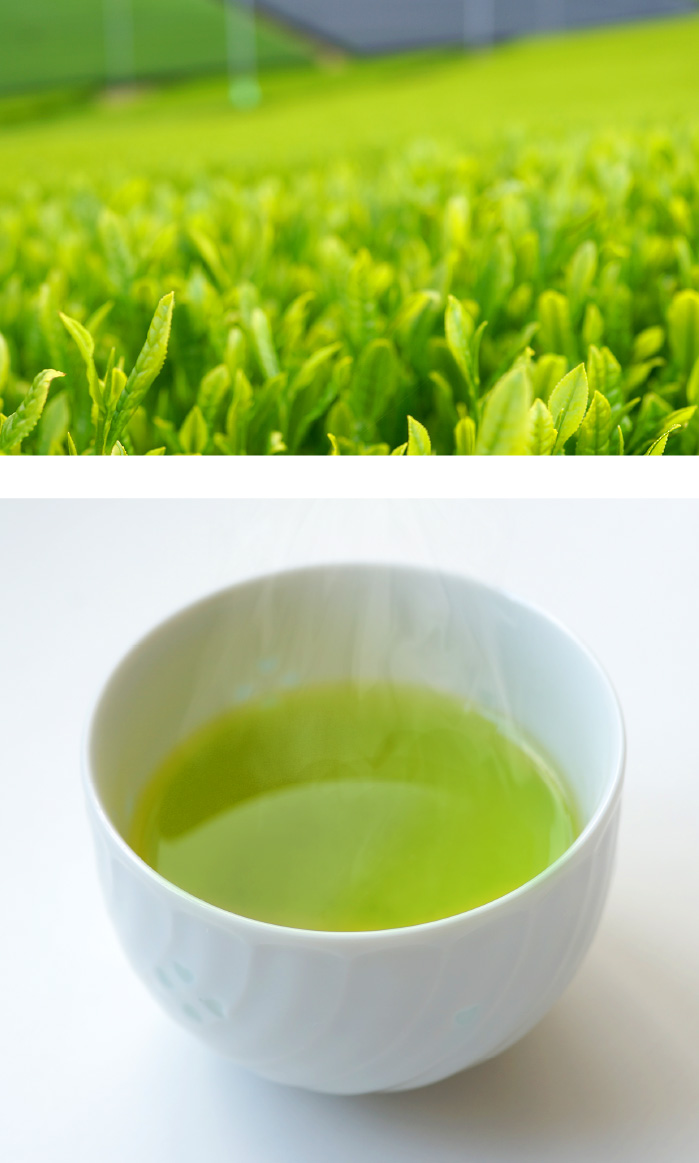
【白 折】 Siraore
A tea noted for its mild scent and complete lack of bitterness as well as being easy to drink.

Siraore is made from whole tea leaves, including the stalk, and is also sometimes known as kukicha “Stalk tea”. The stalks gives this tea its characteristically light body. Compared to other teas, it is exceptionally sweet, and its reasonable price makes it a popular choice.
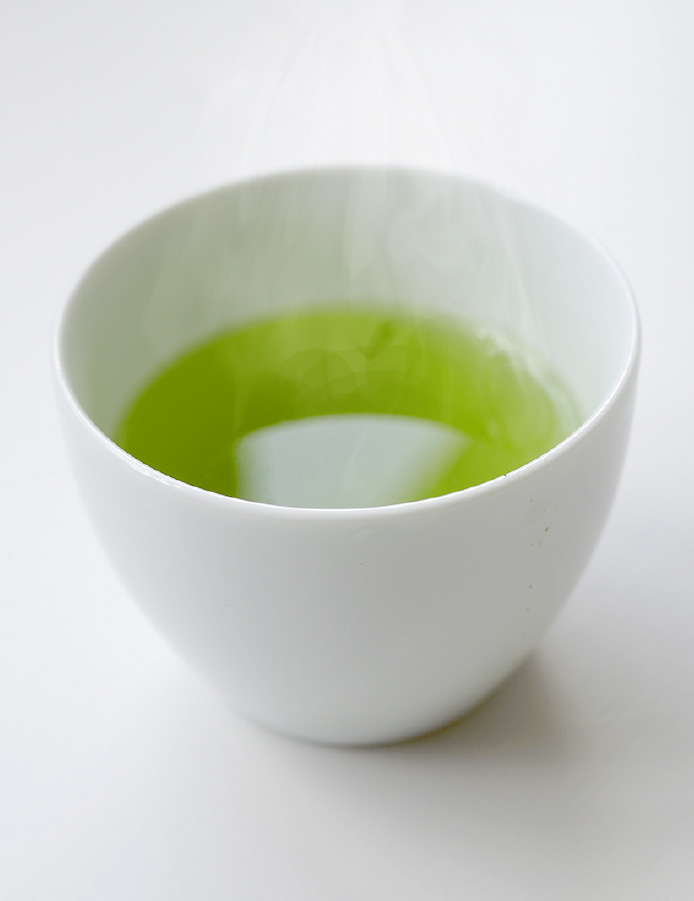
【ほうじ茶】Houjicha
A tea with a particularly noteworthy aroma, steamed at high temperatures. An airy tea that is the perfect accompaniment to any meal.
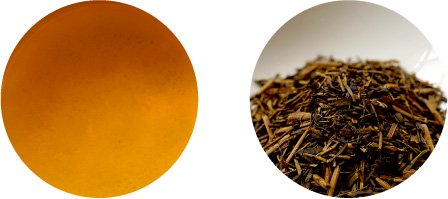
Sweet and aromatic from the moment it meets the water, this tea is recommended for young children and the elderly, as the roasting process greatly reduces the caffeine content.
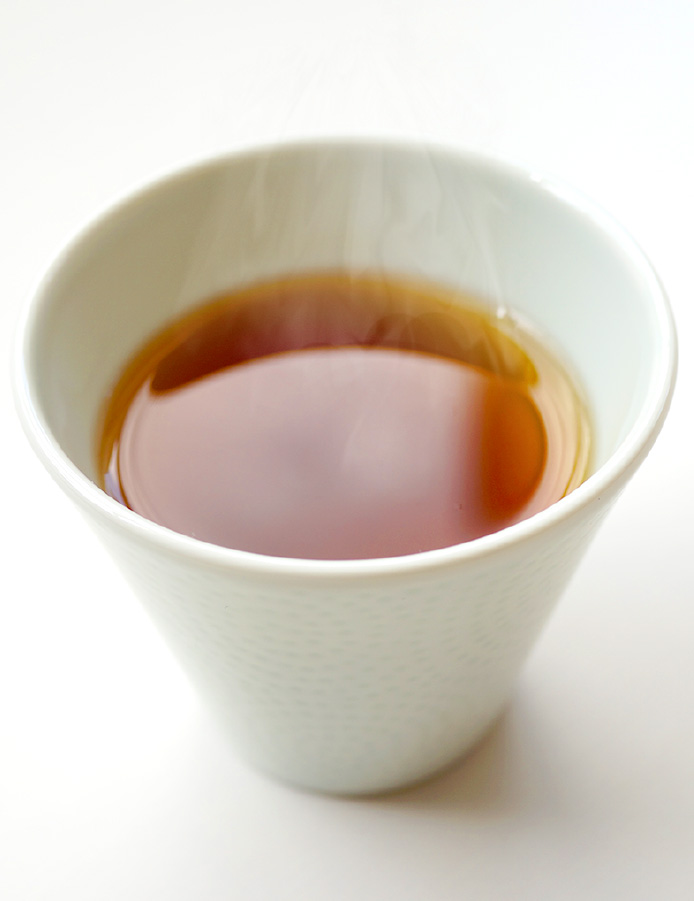
【玄米茶】 Genmaicha
A light and airy tea enjoyed any place and time thanks to its low caffeine content.

Genmaicha is a blend of Sencha and toasted rice grains. Its rich, perfumed flavor makes it especially popular with women.
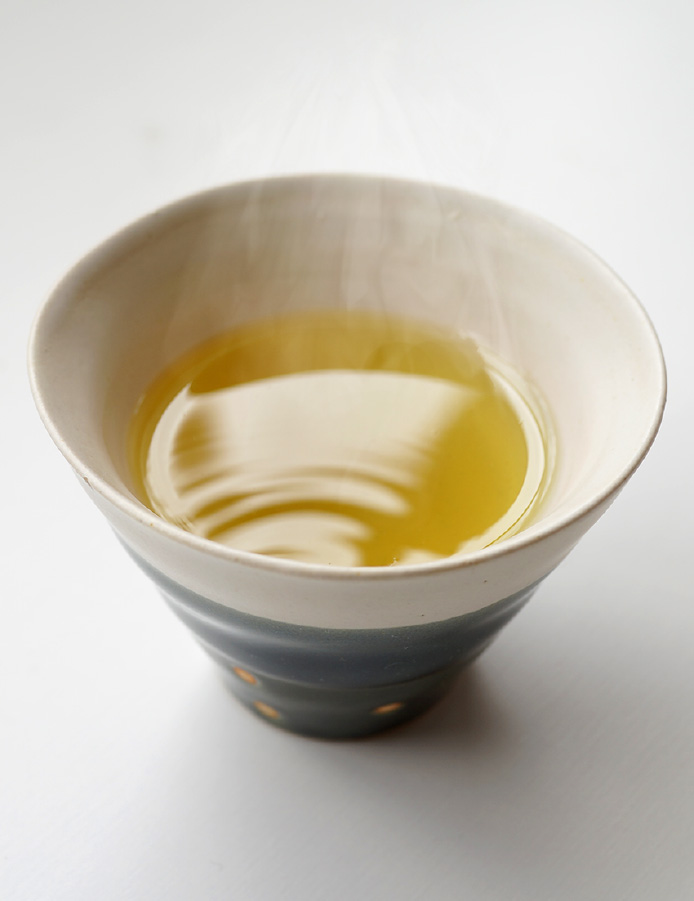
【粉 茶】 Konacha
Frequently used in sushi restaurants, it is easy to draw out the distinctive taste and scent of this tea.
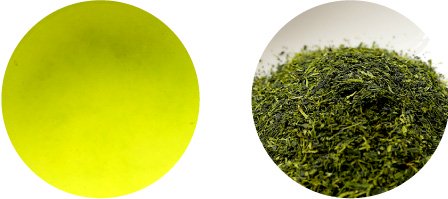
A powdered tea that is normally brewed in a cup. Although this means some of the tea leaves end up in the cup, it takes only a little to bring out its rich color and fragrance. A convenient and easy to make tea.

How to prepare green tea
In this section, we’ll show you the best way to make Japanese green tea.
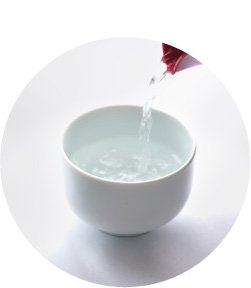
Step 1: Cool the water
Pour the water into a teacup and allow it to cool until it reaches 80℃. Doing so not only cools the water, but also warms up the teacup. For Gyokuro, allow the water to cool until it reaches 50℃.
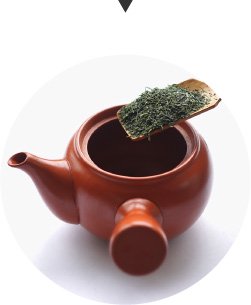
2. Add the tea
Add 1.5 teaspoons of green tea to the teapot.

3. Add water
Pour the warm water into the teapot, taking care not to shake. Allow to stand for approximately 40 seconds. For Gyokuro, add slightly less water so that the tea is not completely submerged and allow to stand for two minutes.

4. Enjoy to the last drop
Pour the tea, making sure not to leave any drops in the teapot. It is possible to reuse the same leaves two or three times, but from the second brew onwards do not allow the tea to stand, simply add hot water and serve immediately.


